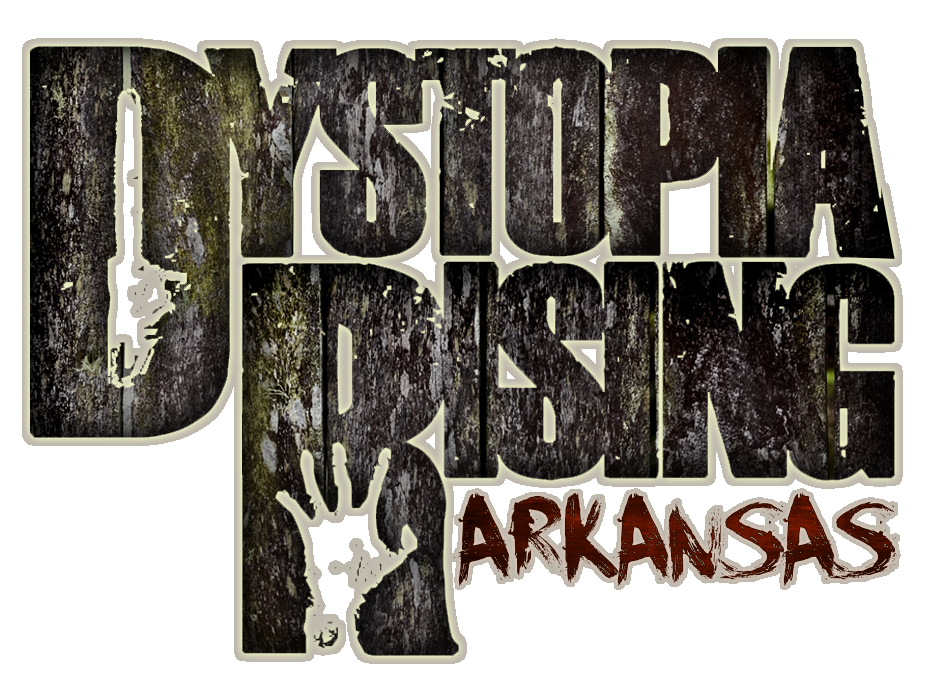OK CHECK-IN SYSTEM
There are different ways of feeling “not good” at a LARP. You might be feeling really tired, really hungry, really wet/cold/hot or even emotionally feeling bad. It might not even be related to things going on at the LARP.
Your character might be in a situation that you, the player doesn’t normally engage in, and it might be because the situation developed before you stopped to consider if you were comfortable with the role-play going that direction or because you are trying to be polite and leave another character/player hanging.
It doesn’t really matter what part of a scene bothers you, if the subject matter, intensity or emotions involved leave you feeling like you don’t want to be there, we want you to have a way to opt-out of the scene.
So we’re providing some tools to help you opt-into/opt-out of situations that you like/dislike.
The OK Check-In System can be initiated either as a question or as a response. Below we’ll walk you through an example of one Player checking in on another Player via text and photos, but you can also check out the video for a full tutorial.
PLEASE UNDERSTAND THAT AT ANY TIME YOU ARE ENCOURAGED TO PROVIDE A RESPONSE WITHOUT BEING PROMPTED/ASKED A QUESTION. THIS LETS OTHER PLAYERS IN THE SCENE KNOW YOUR COMFORT LEVEL AND THAT THEY CAN CONTINUE ON AT THE SAME OR HIGHER LEVELS.
THE QUESTION: A quiet scene with another character has turned into a heated argument. You notice that the other person doesn’t look comfortable and you’re not sure if that is their Character or the Player.
Make the Thumbs Up Symbol against your chest. This does not mean that a scene should pause and this can be held up until the other person notices and responds while the scene continues.
THE ANSWERS: There are three potential responses, although two should receive a similar response.
Thumbs Up - The player is letting you know that the character is not okay, but the player is totally down for the yelling match.
A Level Hand - Ehhh, the player isn’t sure how they feel about the scene.
Thumbs Down - Not okay. The player is uncomfortable.
YOUR RESPONSE: If a player responds with a level hand or a thumbs down, the best thing you can do is end the scene and ask them to step away from in-character spaces to let them decompress, either with you or with a friend of theirs. Not everyone knows why they didn’t like a scene, or if they do - it’s not something they’re comfortable discussing with everyone. We all want to help our friends, but it’s also important to respect their boundaries and give them the choice of discussing things with you or not.
If you feel like a situation was not resolved please speak to your Directors and they’ll help you navigate the remaining pieces.
PLEASE NOTE: We don’t think it will ever come up, but just so that it’s in writing somewhere…
This system should never be used to advance a character, escape In-Character consequences or to negatively affect another character/player. A player found abusing this system for their benefit, or for the detriment of another player, will be subject to out of character disciplinary actions.
CVC “Conflict?” Check-In
If you believe that you’re about to enter conflict with another character, the first thing you should do is check in with the person portraying the character. An easy way to do this is to touch your left shoulder with your right hand in the shape of “C”. The person seeing the sign can respond with a thumbs up or thumbs down. This is a Local Arkansas method. The new Method is to ask the other player “ You want to do this?” if the other player agrees they answer “ Yeah, Lets Do this!” IF they do not want to escalate the reply is “ Woah, Let’s Be Cool..”
In the instance that the gesture is missed, you can just make the same gesture and ask, “Conflict?” This indicates to the other person that imminent physical or intense verbal conflict is about to occur.
If the person says “yes” or responds with a thumbs up then conflict may occur without the need for a Guide, as long as it does not involve the loss of an Infection or item theft.
If the person says “no” then both must work together to deescalate the situation. This type of CvC is primarily designed for beatdowns or social escalation in the moment. (Pg. 77 players handbook)




